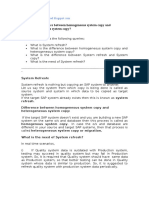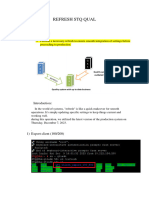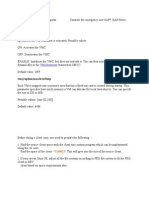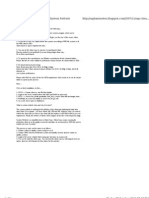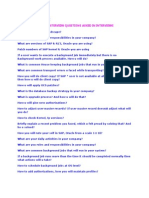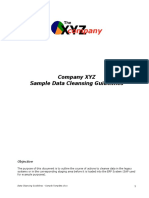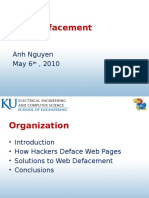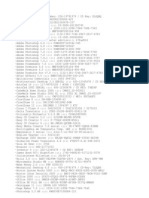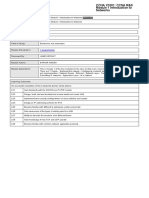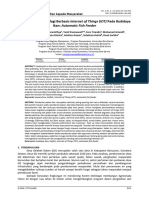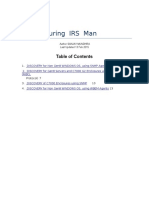0% found this document useful (0 votes)
90 views4 pagesSAP System Copy & Refresh Guide
This document discusses the differences between homogeneous and heterogeneous system copies in SAP. A homogeneous system copy involves copying an SAP system to a new target system that uses the same operating system and database as the source system. A heterogeneous system copy is when the source and target systems use different operating systems or databases. The document also outlines the steps involved in performing a system refresh, which includes pre-refresh activities like exporting user masters, post-refresh activities like importing user masters and transports, and the database restoration process.
Uploaded by
jak204Copyright
© © All Rights Reserved
We take content rights seriously. If you suspect this is your content, claim it here.
Available Formats
Download as DOCX, PDF, TXT or read online on Scribd
0% found this document useful (0 votes)
90 views4 pagesSAP System Copy & Refresh Guide
This document discusses the differences between homogeneous and heterogeneous system copies in SAP. A homogeneous system copy involves copying an SAP system to a new target system that uses the same operating system and database as the source system. A heterogeneous system copy is when the source and target systems use different operating systems or databases. The document also outlines the steps involved in performing a system refresh, which includes pre-refresh activities like exporting user masters, post-refresh activities like importing user masters and transports, and the database restoration process.
Uploaded by
jak204Copyright
© © All Rights Reserved
We take content rights seriously. If you suspect this is your content, claim it here.
Available Formats
Download as DOCX, PDF, TXT or read online on Scribd
/ 4





